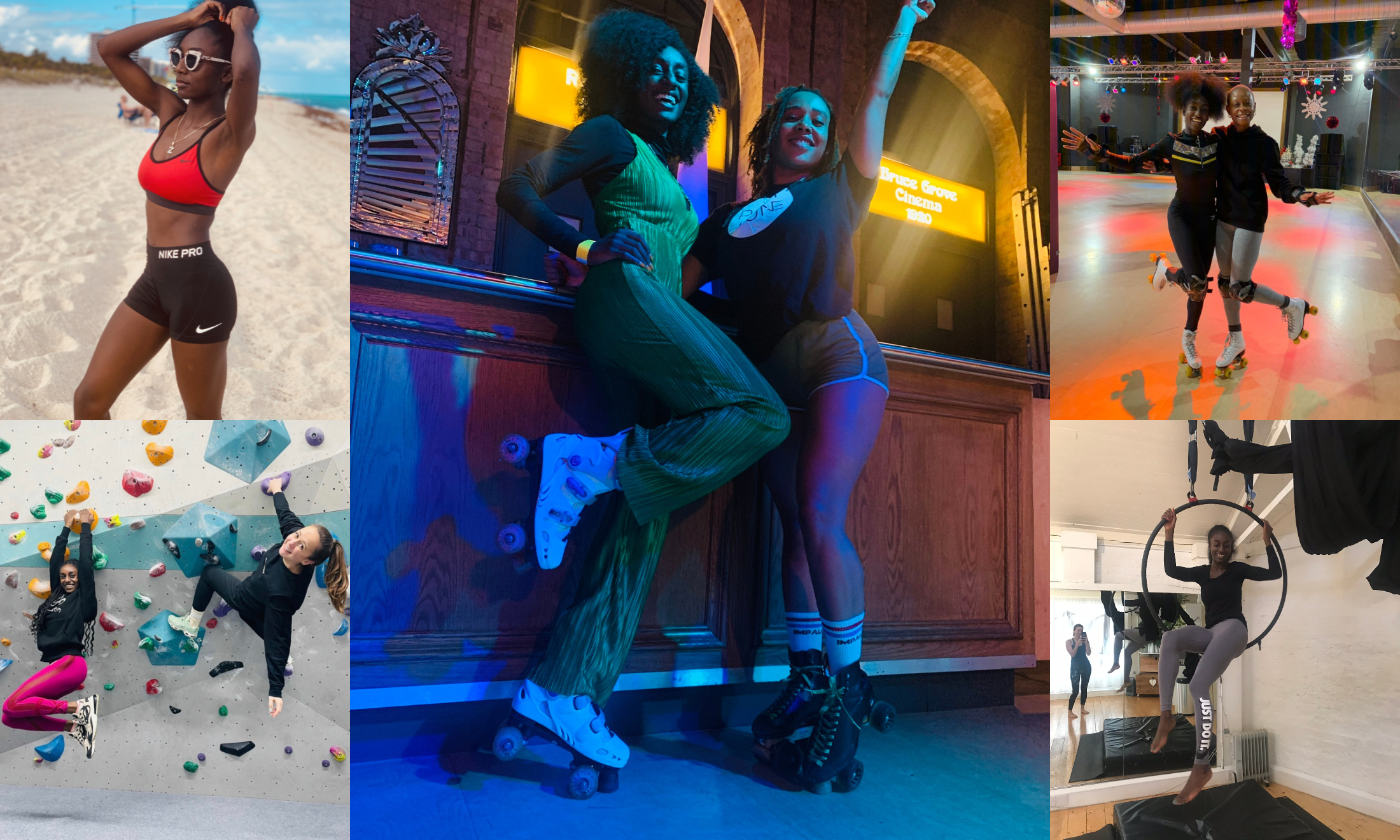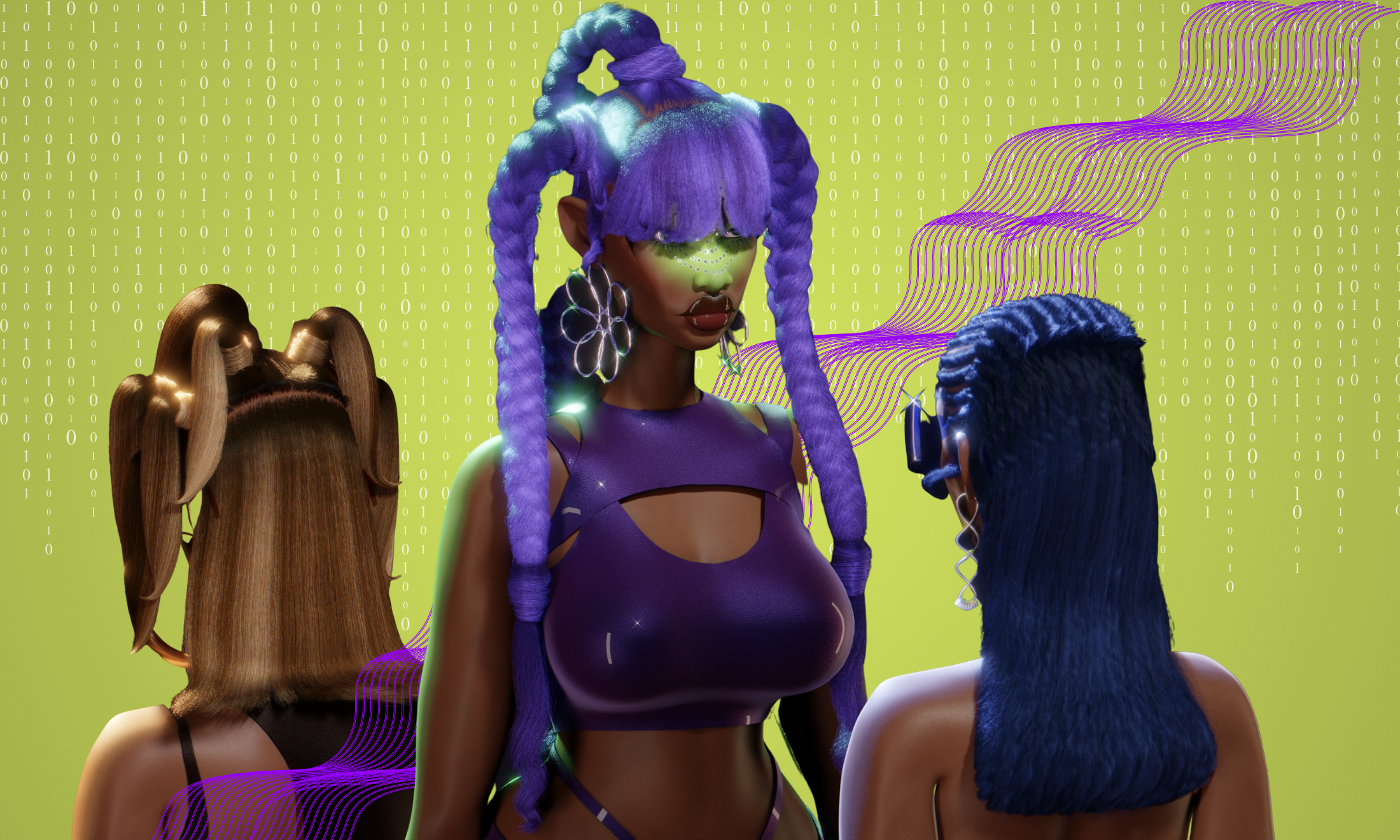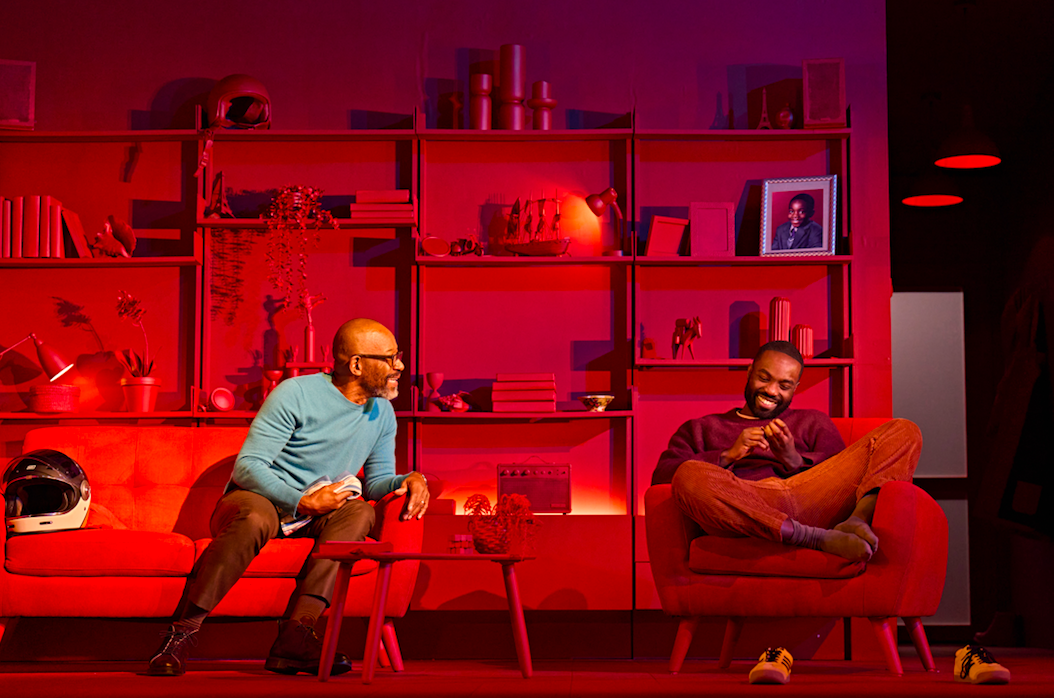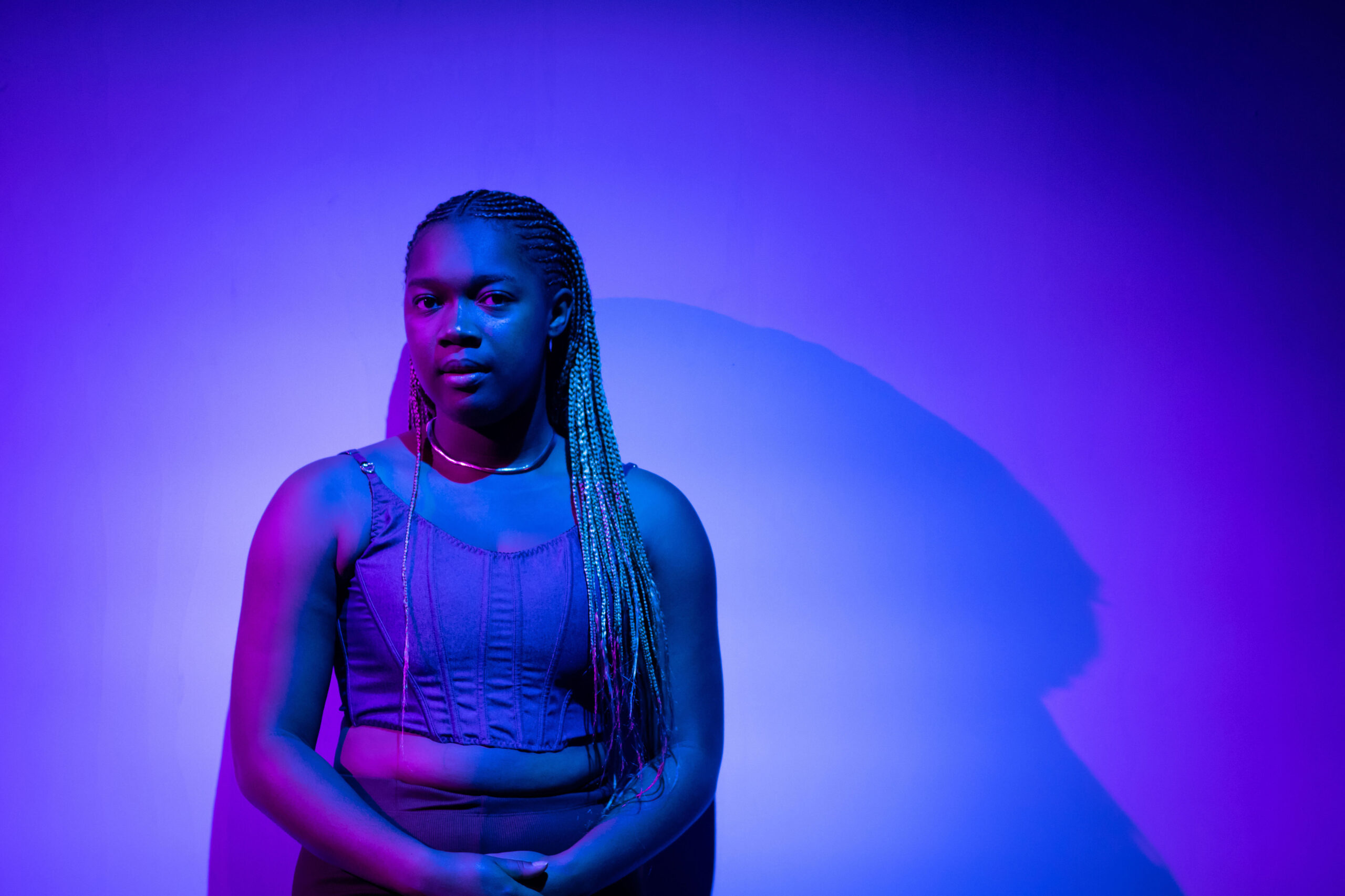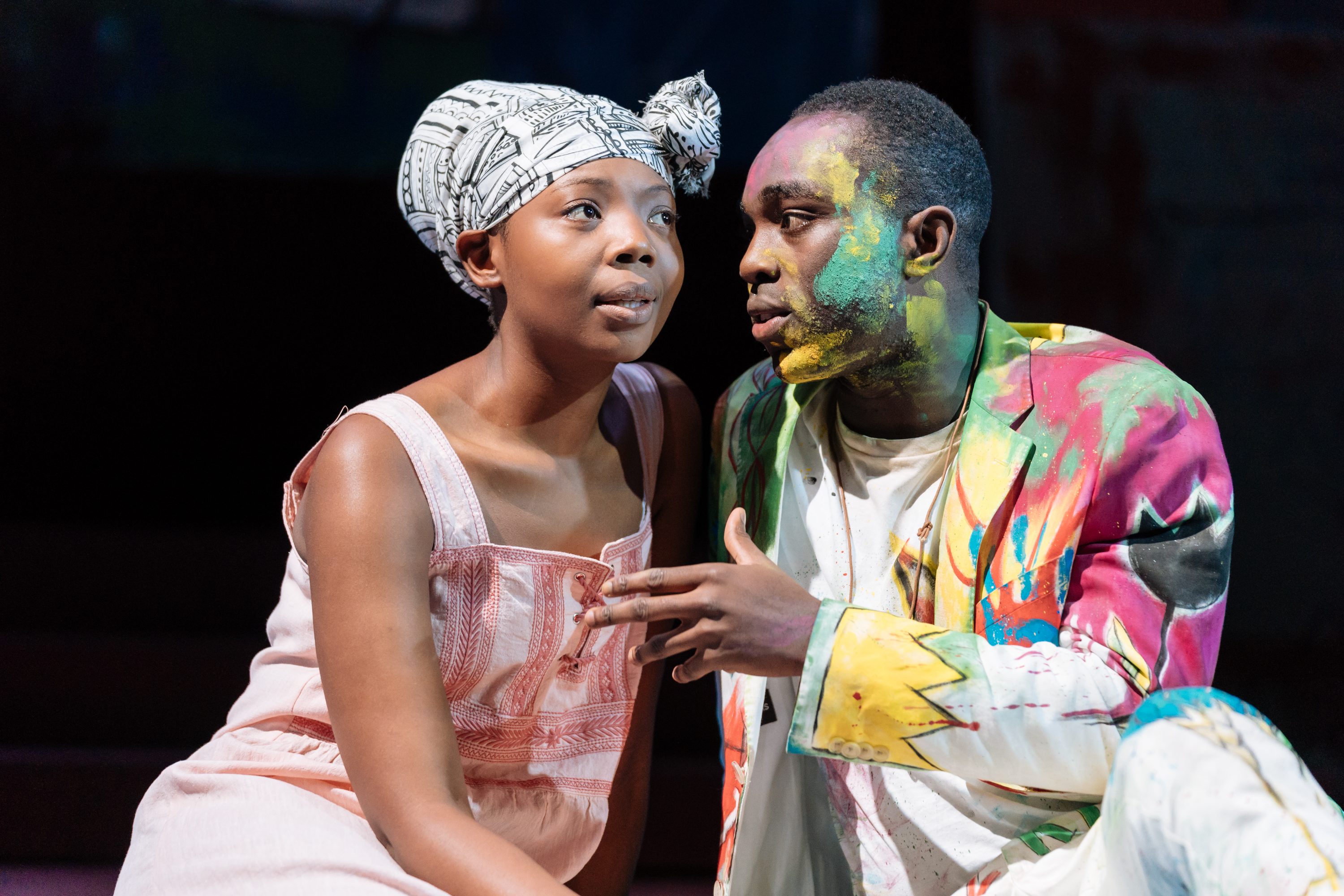
2018 has been good to us so far. Screens worldwide premiered Marvel superhero epic Black Panther, the wondrous tale of the African utopia, Wakanda, which recently grossed $1 billion worldwide in the box office.
Just a couple of a weeks ago, the Royal Shakespeare Company’s (RSC) Hamlet, made its final calling in my hometown of Hackney, where a smaller, but equally stellar feat was made in the Hackney Empire. For an extended run of the production, the RSC’s award-winning associate Paapa Essiedu revisited his role as the disdainful, brooding Hamlet in this resplendent re-make. There is an African proverb that says: “A man dies, but his word lives forever,” and for Hamlet, it was not without the sacrifice of his wellbeing.
The court of Denmark was re-imagined within the fertile land of West Africa (though there were some vague references to Ghana). Hamlet was rich, charismatic and accessible to both young millenials and the more seasoned Shakespeare theatre-goers. From the director’s angle, this fictionality would allow scope to re-invent (and not need to be too accurate about portrayal of West Africa, but let’s leave that conversation out of here for a hot minute). Inviting cross-cultural and contemporary influences meant an opportunity to innovate Shakespeare’s old tropes into something distinctively modern. For the bulk of the new, predominantly black cast (with a mix of Ghanaian and Nigerian heritage), this meant looking somewhere not too far from cultural experience.
“Hamlet was rich, charismatic and accessible to both young millenials and the more seasoned Shakespeare theatre-goers”
Seeing the cast deliver reams of eloquent verse of the text, with touches of warm vernacular, had me wanting to reach for Twitter, and retweet “#blackexcellence” against every live tweet of the performance. Characters really came to life from a place of authenticity, their complexities were relatable, and at times hilarious. Ophelia (Mimi Ndiweni) side-eyes Laertes (Buom Tihngang) at the utterance of her “chaste treasure”. And as if by Nollywood custom, she went in for the killer comeback, by grabbing Thingang’s bag to pull out a stack of condoms. These deliveries were fresh and timely. There was a sturdy sense of protection asserted by Ophelia’s brother Laertes and father Polonius, who warned “tender yourself more dearly”; it felt like the natural expression of a super-embarrassing, overprotective African father.
In more serious moments, characterisation was more challenging to witness – Gertrude (played by the beautiful Lorna Brown) has us question her trustworthiness through restrained and measured personality. Though in her silence, you got a sense of a concealed mourning, that would later unfurl as Hamlet descended into a grief-stricken craze. Still, having the Hackney Empire reverberate with colour, paint, drums, and lights, made the joyful highs of carnival-like celebrations feel euphoric. It was aurally arresting as much as it was visually. Resounding polyrhythms were physical, and a consistent pulse, with interludes of West African Djembe exploding into percussive drumming (Nigerian musician Sola Akingbola led the music of the production). It was an explosion of magical realism, dance and storytelling unlike anything I remembered when of dryly reciting Hamlet’s soliloquies in my English A-levels.
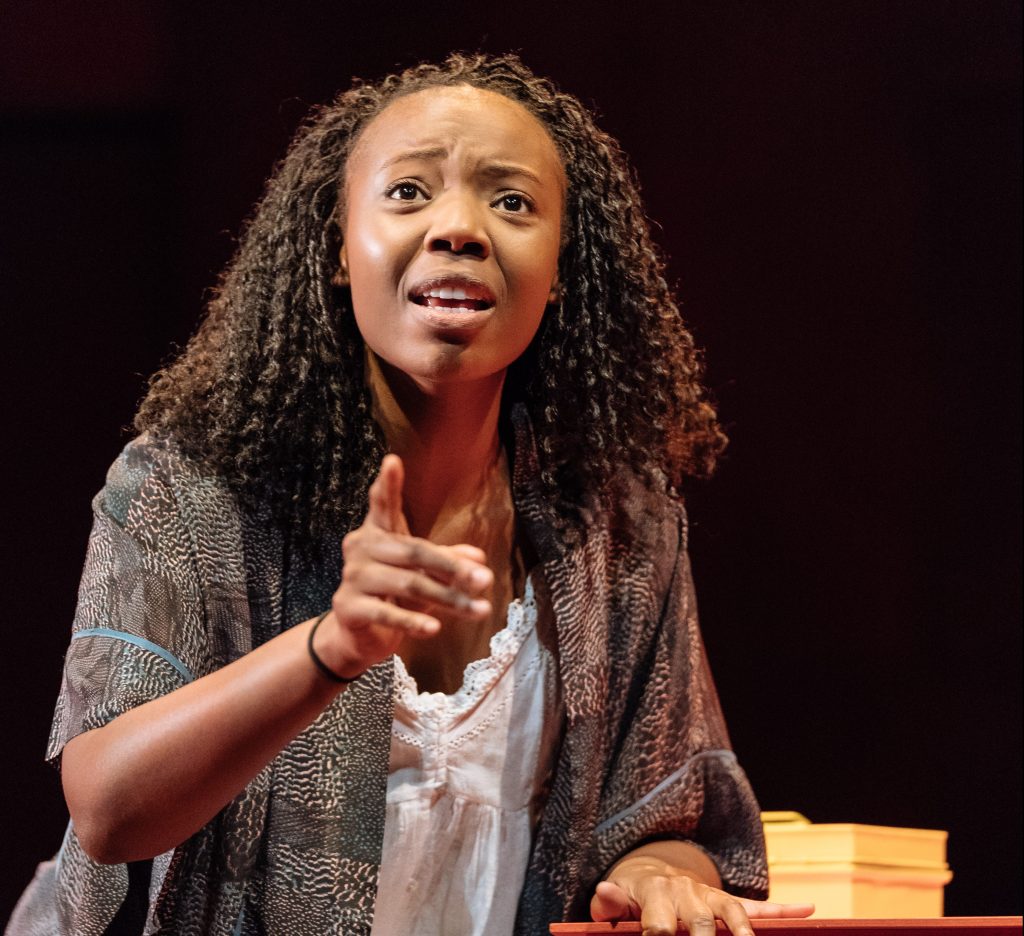
Mimi Ndiweni as Ophelia
The star of show, was Essiedu of course – indeed the first black Hamlet of the RSC, and of Hackney. He led the production with a youthful exuberance as the anxiety-ridden millennial: impulsive, chaotic and indecisive. Watching Essiedu amble around in a customised powdered suit marked with crowns, skull and bones and various other doodles, armed with a spray can and pink boombox, it was hard to shake the presence of Basquiat, living vicariously through Essiedu. Pretty ingenious move courtesy of stage designer Paul Wills. Hamlet’s steady production of expressive paintings, manic scrawls, and ubiquitous crowns connected this young princeling to the tragedy of the artist and icon. When a mania of frenzied drawings didn’t provide enough catharsis, Essiedu would vent his frustrations on those in close proximity who failed to understand his sophisticated tongue.
There were some biting one-liners. “Tedious old fools!”, scoffed Essiedu at late King Claudius’ advisor Polonius. Essiedu was charismatic, witty, stubborn, rebellious and nihilistic. Parts of him reminded me of myself when I was just out of uni, freshly stunting with my joint honours degree; “you’re looking a someone who’s really fighting to understand his connection to maturity…he’s discovering everything anew, growing up before the audience’s eyes” explains Essiedu. And with aid of the African rhythms, Essiedu grows quickly to the reckless abandon of his sanity.
“Armed with a spray can and pink boombox, it was hard to shake the presence of Basquiat, living vicariously through Essiedu”
Perhaps Essiedu wasn’t exactly the image of a scholarly cultivation that his parents may imagined of him in getting his Western education. But he knew how to command language. Emotive, nuanced, they flowed organically like the lines of Dizzy (Rascal). Mournful, and morbid lines questioning mortality, virtue, madness and the wrongdoings of men. Essiedu’s mania grew more pronounced, and more scathing. Conducted by the rhythm of pounding drums, the glare of frenzied neon lights. The sweet and sincere lady Ophelia really unravelled from within. She begun to hand out flowers, her manic performance symbolising deaths eventuality was near. Just as Hamlet uttered, horrified: “There’s a daisy. I would give you some violets, but they withered all when my father died.”
It was brilliant, go see it.
Hamlet runs until this Saturday, 31st March. You can book tickets here.


